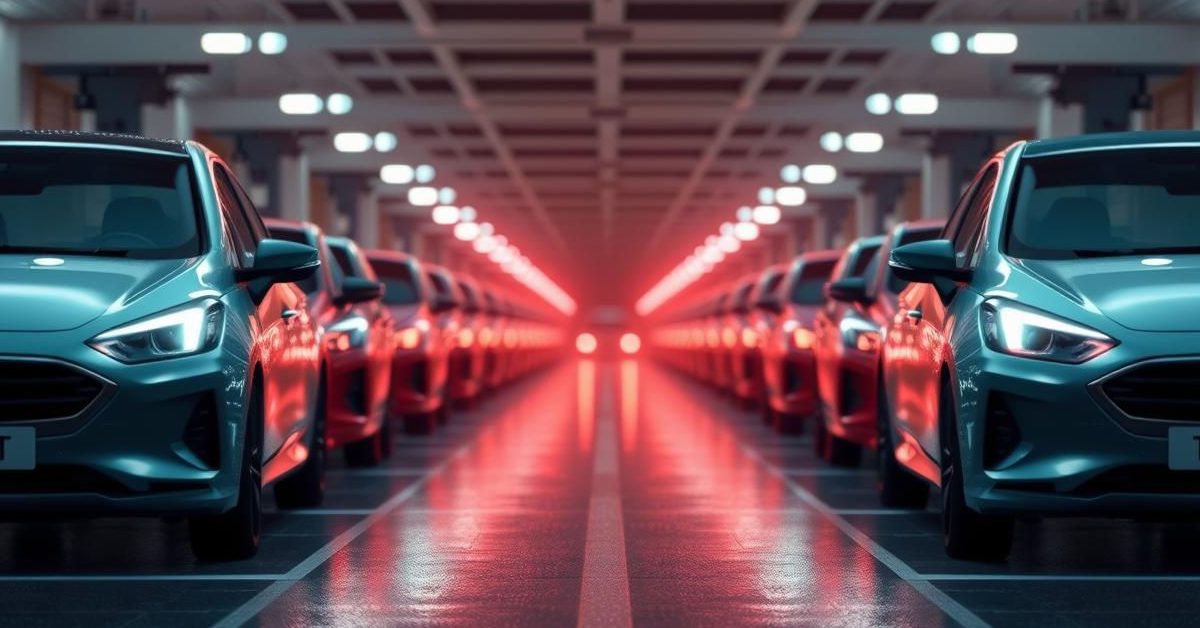India is re-evaluating its electric vehicle (EV) policy, which has largely focused on battery electric vehicles (BEVs), following China’s recent restrictions on rare earth magnets.
China’s Magnet Move Sparks Policy Rethink
New restrictions imposed by China on rare earth magnets and related materials, effective April 4, are beginning to impact automakers worldwide, including those in India. This move has triggered a significant discussion within the Indian government about the geopolitical implications of its EV strategy.
Officials are questioning whether a singular focus on BEVs might make India overly dependent on China, potentially harming India’s own internal combustion engine (ICE) auto industry and its supply chain. One top government official described the restrictions as a “wake-up call,” suggesting a policy rethink is now underway.
India’s Current EV Vision
India’s electric mobility plan has, until now, heavily promoted BEVs, powered by Lithium-ion (Li-ion) batteries, as the primary future of transport. BEVs, like the Tata Nexon EV or Tesla Model S, run solely on an electric drivetrain with rechargeable batteries and no fuel tank.
Current government policy strongly favors BEVs, taxing them at a low 5%, while other vehicle categories face much higher taxes of 43-48%. India also has an ambitious target: EV30@2030, aiming for 30% of new private cars, 40% of buses, 70% of commercial cars, and 80% of two-wheelers and three-wheelers to be electric by 2030. This entire strategy could soon be reviewed.
The Critical Role of Rare Earth Magnets
Rare earth magnets, especially neodymium-iron-boron (NdFeB) magnets, are crucial for EV manufacturing. They are essential for creating the powerful and efficient electric motors that drive EVs, known as permanent magnet synchronous motors.
These magnets are also vital for other vehicle components, including power steering and braking systems, affecting both EVs and ICE vehicles. While rare earth metals exist globally, China holds a dominant position in processing these critical elements. Beijing’s recent restrictions, while not an outright ban, have made it significantly harder for companies to procure these materials, leading to potential shortages and price hikes.
Beyond Magnets: China’s Battery Grip
Beyond rare earth magnets, China’s near-monopoly on the global EV battery ecosystem is another major concern. India’s strong EV push requires a massive supply of Li-ion batteries, with demand projected to grow over 30% by volume up to 2030, needing over 50,000 tonnes of lithium.
However, over 90% of global lithium production is concentrated in just a few countries, alongside key inputs like cobalt and nickel. This means India is almost entirely dependent on imports from a limited pool, with China exercising significant influence over the entire Li-ion value chain. Chinese companies like CATL and BYD are global leaders in battery technology and production.
Other Hurdles for India’s EV Push
An overt policy preference for BEVs also faces other challenges in India. One issue is the reliance on upfront subsidies for EVs. Experiences globally show that EV adoption often depends on state subsidies, but in a developing nation like India, these tax breaks primarily benefit the middle and upper-middle classes, who are typically the buyers of electric four-wheelers.
The lack of a robust charging network is another major hurdle. Experts suggest that investing in charging infrastructure is far more effective for EV adoption than purchase subsidies. While countries like Norway and China have seen rapid EV growth due to expanded public charging, India is still struggling in this area.
Finally, there’s the question of the electricity source. In many countries with high EV adoption, like Norway, the grid is powered by renewables. In India, despite efforts, the grid still heavily relies on coal-fired thermal plants. This means that while EVs reduce tailpipe emissions in cities, the pollution is merely shifted to where the electricity is generated, unless the energy mix significantly changes.
- India is rethinking its EV strategy due to China’s new restrictions on rare earth magnets.
- Current policy heavily favors BEVs, but this creates dependency on China for critical components like magnets and batteries.
- Challenges include the sustainability of subsidies, the slow development of charging infrastructure, and India’s coal-dominated electricity grid.
The current re-evaluation highlights the need for India to diversify its approach to vehicular electrification and build a more resilient, self-reliant automotive future.














